 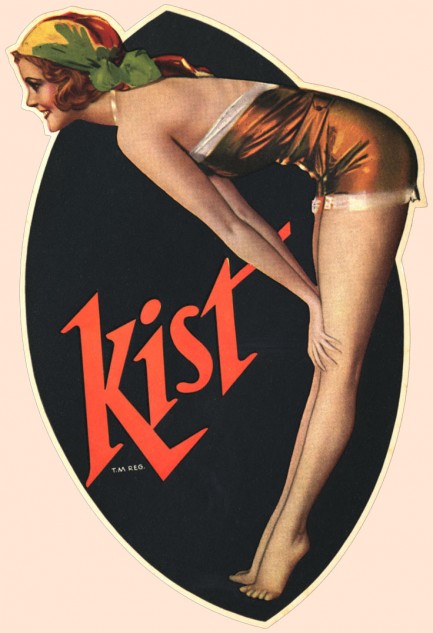
This nice pin-up style sticker was painted by legendary illustrator Rolf Armstrong for Kist Soda around 1930. Kist was created in 1922 by Citrus Products Company of Chicago, and was soon being manufactured in orange, ginger ale, lemon, and grape flavors. By the time Armstrong was brought in Kist had been licensed by the Quality Beverage Company, also based in Chicago. There's a bit of conflicting information online concerning the whos and whens, as always, but we just wanted to show you this very rare and pretty piece of Armstrong memorabilia.
 Pam Grier was the undisputed ruler of the blaxploitation realm. 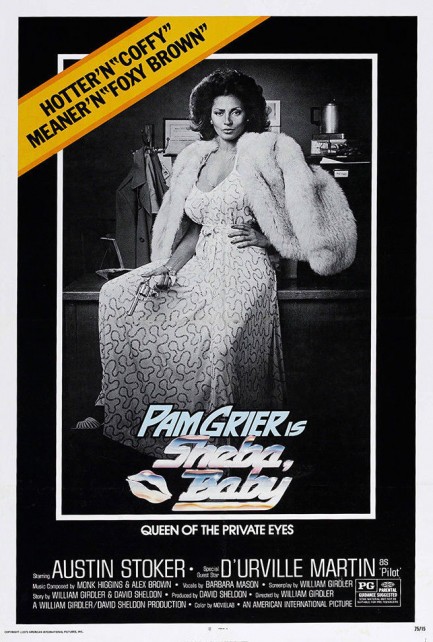
The arc of Pam Grier's blaxploitation career is interesting. To us it seems pretty clear that once her studio American International realized they had a true star on their hands the projects they cultivated for her moved toward the cinematic center and became tame and uninspiring. We noted this when we talked about 1975's Friday Foster a while back. Sheba Baby, which was made the same year and premiered in the U.S. today, suffers from the same problem. It's too cute and too palatable, too eager to please in its attempt to draw in mainstream audiences. Grier loses her grit. She plays Sheba Shayne, whose father is harassed by organized crime hoods and needs help to fight their plot to take over his business. Grier leaves her Chicago detective agency and heads down south to Louisville, Kentucky to kick ass and take names. The hoods are black men from around the way, but the real villain is a white guy on a yacht in the river. He's archetypal. He could just as well be a white guy in a mansion on a hill, or in a penthouse uptown. Whoever and wherever he is, he's going down hard and it's going to hurt.
The importance of blaxploitation is that it centered stories on the black experience—family, neighborhood, crime, racism, and the predations of America's two-tiered policing and court systems. This focus on core black issues existed even in films that represented alternate realities, such as horror and martial arts blaxploitation. The eventual sanitization of the genre was due to pressure from two directions at once: from the mainstream to avoid alienating white audiences, and from the black counterculture to avoid caricatured portrayals of blacks. Caught between these two forces, the center of blaxploitation shifted. Meanwhile, inside the subculture, initial euphoria at seeing black stories onscreen evolved into annoyance that the control and profits belonged almost exclusively to white men. It seemed like a plantation system on celluloid, and helped take the bloom off the rose. 1976 and 1977 would remain strong years for the genre, but by 1978 blaxploitation, as it was generally agreed to exist, would all but disappear. Sheba Baby is an important film in the pantheon, but in watching it you also see the genre losing its bite. 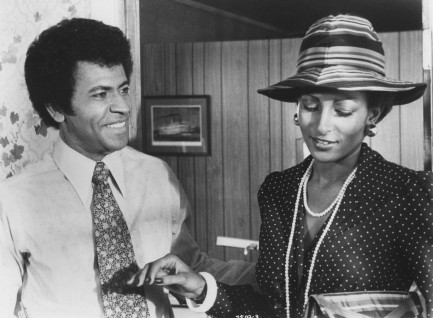 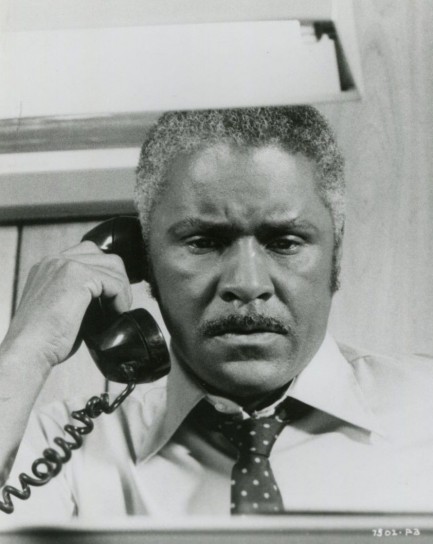 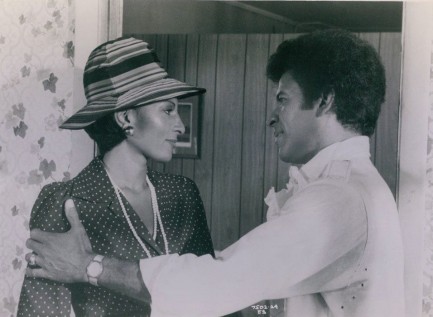 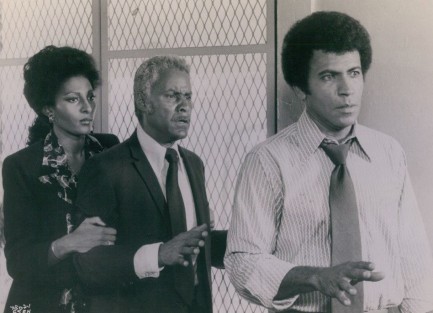 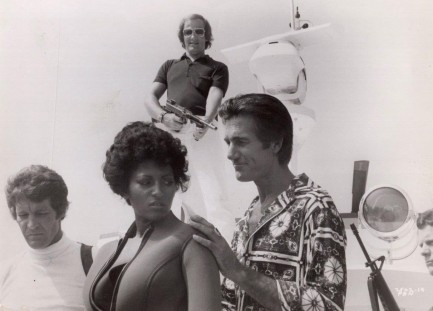 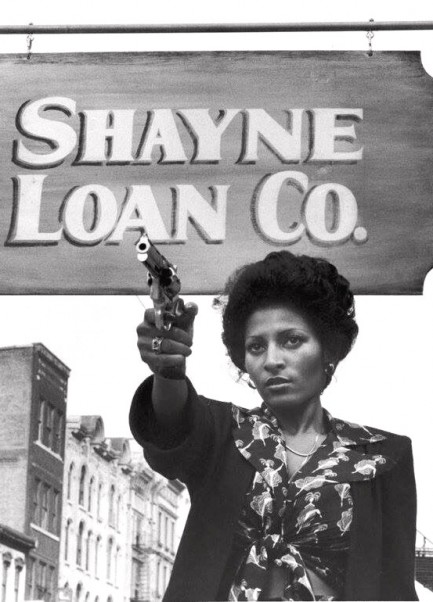 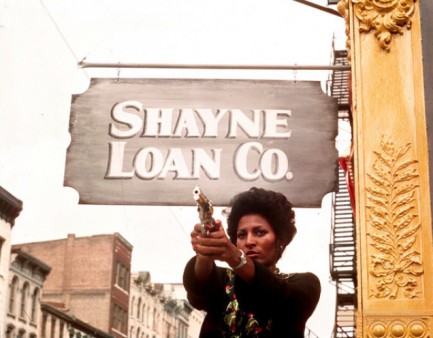  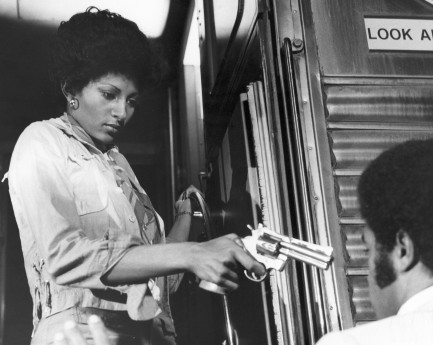 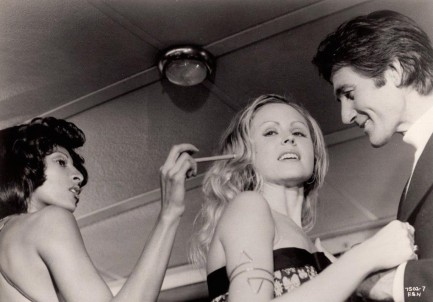 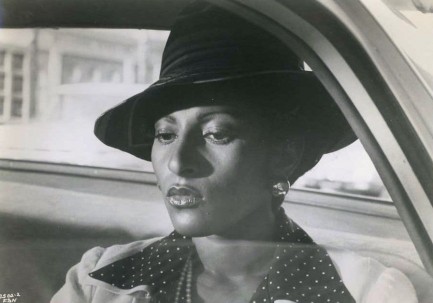 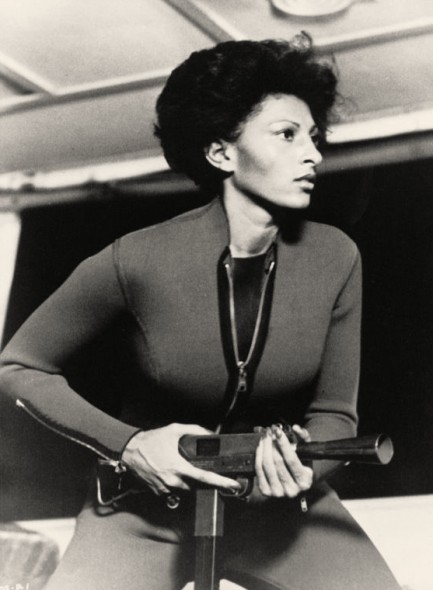
 Hallucinatory southwestern noir takes readers to a land of saints and sinners. 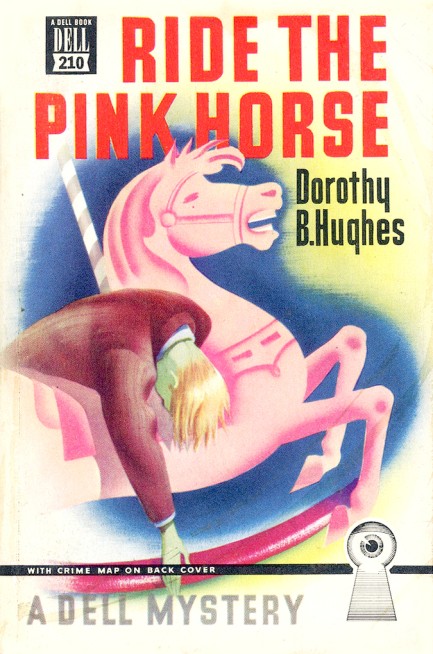
It's said that a good book teaches you how to read it. The author instructs while building the story. Dorothy B. Hughes' 1946 crime novel Ride the Pink Horse, which was the source material for the 1947 film noir starring Robert Montgomery, falls into that category. In the story a man wanders around the southwestern U.S. town of Santa Fe, New Mexico, searching for someone he calls the Sen, which is short for the Senator. We suspect the shortening of his title is designed to make it a heterograph with “sin,” because this Illinois senator-turned-crime boss rather sinfully hired out the murder of his wife then shorted the murderer part of his fee. That's why the main character, named Sailor, is adrift in this town. He's followed the Sen there from Chicago to get his money. He plans to find him, confront him, collect payment, then scurry away to Mexico.
But this comes out in trickles. Initially Sailor merely criss-crosses the town, unable to find a hotel room because it's fiesta weekend, with crowds everywhere and processions filling the streets. He sleeps under the canopy of a merry-go-round which features a pink horse. As he keeps going in circles around town more characters emerge—the cop 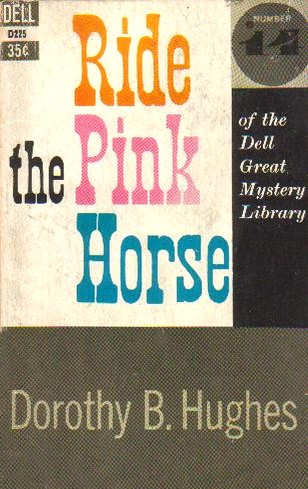 who's trying to solve murder of the senator's wife, the carousel owner who appeals to Sailor's sense of honor, the girl who recalls an innocence he can barely remember, and the beautiful Iris Towers, the focus of his wishes for a better life. who's trying to solve murder of the senator's wife, the carousel owner who appeals to Sailor's sense of honor, the girl who recalls an innocence he can barely remember, and the beautiful Iris Towers, the focus of his wishes for a better life.
Hughes loves symbolic names: there's the Sen, as we already mentioned; there's Iris Towers, dressed in ivory colors and pale of skin; and there's the girl Pila, whose name is the Spanish word for a laundry trough, a place of cleansing. The book is composed of encounters rather than events, hallucinatory meanderings punctuated by tense verbal standoffs. Each tête-à-tête clarifies matters a bit more for the reader. Did Sailor really kill the Sen's wife? Did he ever intend to? Was she ever to be the actual target? Were others involved?
When Sailor goes from seeing the town's Mexican and Native American inhabitants as something other than sub-human, maybe, we think, he isn't irredeemable. But even if he grows in some ways his hatred continues to drive him. He thinks the Sen is vermin. He wonders how such an abomination can even walk upon the Earth. When he follows the Sen into the cathedral this thought passes through his mind: He didn’t know why the dim perfumed cathedral didn’t belch the Sen out of its holy portals.
Hughes is a good writer, a unique stylist, and she gives Ride the Pink Horse the disorienting feeling of taking place in purgatory. It's a fever dream, an acid trip across a constantly shifting landscape, literary rather than pulp in approach, as much Faulkner as it is Chandler, with nothing quite solid or real apart from Sailor's hatred, which is so intense it seems as if it will consume him and leave nothing behind but a cinder. Sailor's racism is appalling, but he's not supposed to be a good man. This town filled with people that frighten and confuse him could be his salvation or his doom. He's the one who has to decide whether to step back from the precipice. Every wise character sees that he's headed for destruction. But the future isn't set. He has a chance for redemption—small, but real. Top marks for this one. 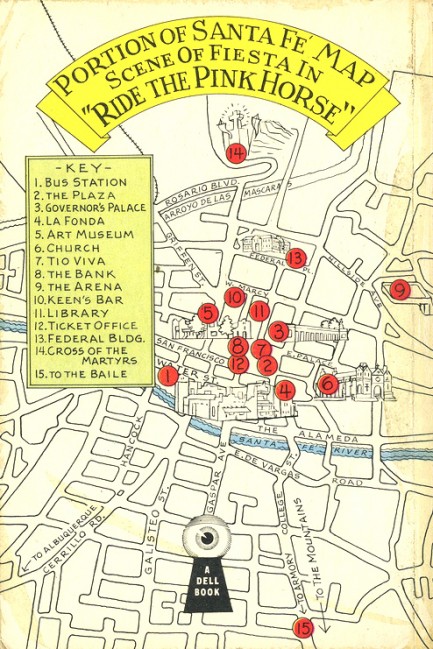
 Geez, everyone's a damn critic. I mean, look around. I play the blues for a reason. 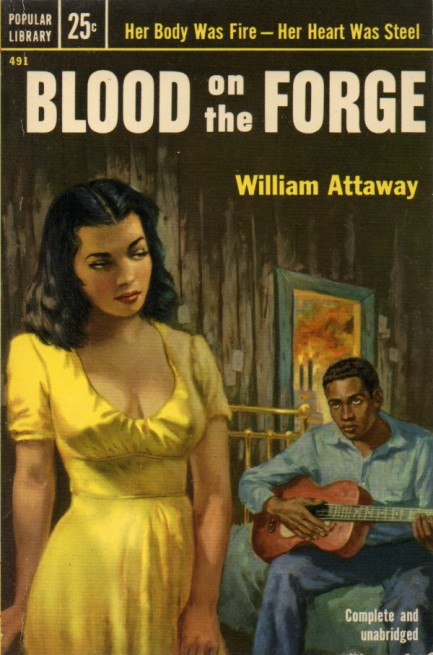 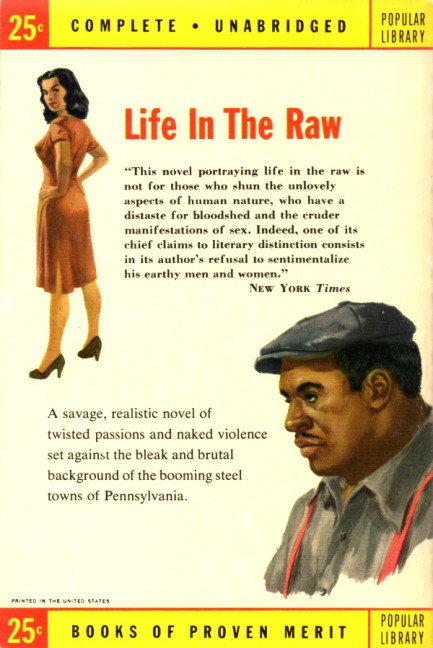
Chicago based author William Attaway's Blood on the Forge is another of those highly serious literary novels that got the good-girl-art cover treatment. Numerous previously published authors were repackaged in this way during the 1950s. We're talking everyone from George Orwell to Aristarchus of Samos. This Popular Library edition is from the heyday of the makeover era—1953—but the book first appeared in 1941. It's about African American sharecroppers during the early twentieth century leaving their agrarian existence in Kentucky and heading to West Virginia, where they seek better lives and something closer to equality (the rear cover says Pennsylvania, but that happens much later in the story). This era is known historically as the Great Migration, when a lot of blacks got the hell out of the South and the increasingly vicious Jim Crow culture that thrived after slavery. The characters in Blood on the Forge find, like most real life migrants did, that the North is also unfair and difficult.
The cover art isn't as much of a stretch as it often is with these pulped up versions. The guitar player is Melody Moss, a major character, and the woman is Anna, who in the narrative is a Mexican girl of fourteen, but is depicted as well above the age of consent here. It's a pretty nice piece of art, though by an unknown (Ray Johnson? Owen Kampen?). As for the actual fiction, it was neglected for decades but it's now considered a literary classic and Attaway is recognized as an important figure of the Black Chicago Renaissance. Fitting, because Attaway was a real Renaissance man. He stopped writing novels after Blood on the Forge and moved into music and writing screenplays for radio, films, and TV. In 1957 he published the Calypso Song Book, a compendium of tunes he had collected. He also wrote for Harry Belafonte, including the classic "Banana Boat Song (Day O).” By the end of his career he had penned over 500 songs. You have to be impressed.
 Ana Bertha Lepe flaunts the LPGA's dress code. 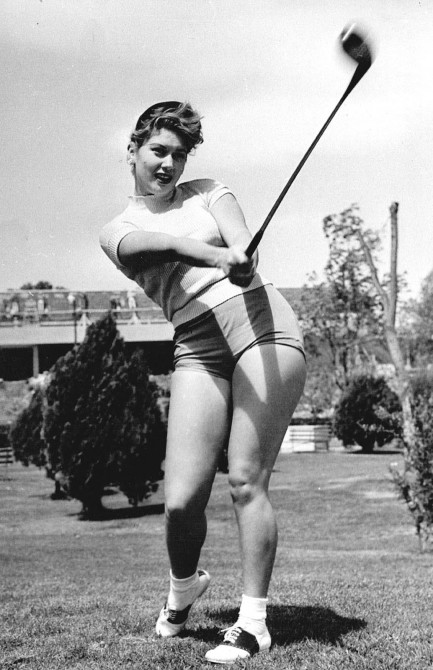
Mexican actress and former Miss Mexico pageant winner Ana Bertha Lepe makes jaws drop on the links with her skintight shorts and excellent form, and we hear she came in well under par. Lepe starred in numerous Spanish language films, including Rebelde sin casa, aka Rebel without a House, and Una chica de Chicago. By the way, we're unsure if Lepe would actually be violating the LPGA dress code, which calls for the bottom area to be completely covered at all times. Her bottom area is covered—with a coat of paint. We're also unsure when the photo was made. If we had to guess we'd say around 1958.
 Okay, he's taken the bait. We'll let him get close, then you distract him by puking on his coat, and I'll take him down. 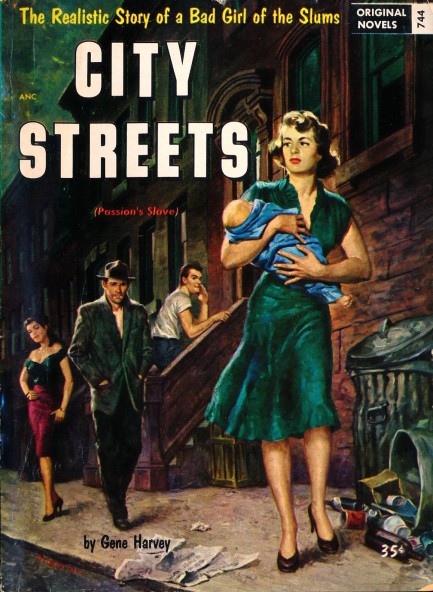
City Streets was written by Gene Harvey, aka Jack Hanley, who we last saw authoring 1942's Leg Artist. Harvey was a literary vet who authored such memorable lite-sleaze epics as She Couldn't Be Good, A Girl Called Joy, and Stag Stripper. City Streets is from 1954 and apparently his various publishers liked it so much they issued it four times—Venus Books put it out in 1950 as Cutie, Exotic Novels released it as Passion's Slave the same year in an illustrated format, Original Novels published it as what you see above, and finally Star Novels published it, also as City Streets, in 1955. These companies were closely related, but that's still a lot of mileage from one book. It explores the trials and tribulations of beautiful young Dru, “a bad girl of the slums,” who's gotten her education from the school of hard knocks—i.e. from Chicago's south side. The cover art on this is by Rafael DeSoto, who cleverly hid his signature in the gutter. It's a really beautiful effort from him, certainly one of his best. We've featured him often, so just click his keywords below if you want to see more.
 If she's really anything like a rabbit she's going to need a hole in the bottom of that costume. 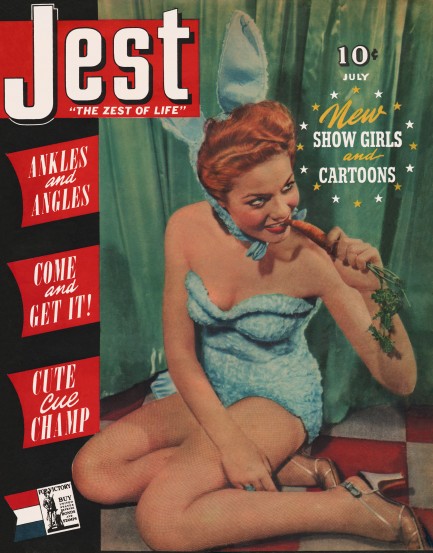
We like this strange, rabbit themed cover from the U.S. pop culture magazine Jest, which was published bi-monthly out of New York City and Chicago by Jest Publications, later Timely Features, Inc. Jest was a staple on newsstands from approximately 1941 to 1963. While the rabbit suit on the cover model is funny, we also find it a little creepy—residue from watching Stanley Kubrick's The Shining no doubt. We know—that was a bear suit. But it ruined all animal costumes for us, plus she does look a little evil, doesn't she? Well, the models inside the magazine are less sinister. Some of those include Joan Corey, Kay Morgan, Lucille Lambert, and Loretta Hannings. The editors refer to them as "chorines," which is an interesting word we've seen a few times before. It's a feminization derived from "chorus," but when we see it we mainly think of how white our clothes would be if we threw one in our wash. These images all came from the website Darwin Scans, now sadly idle these last three years and running. But you still may find it worth a look. 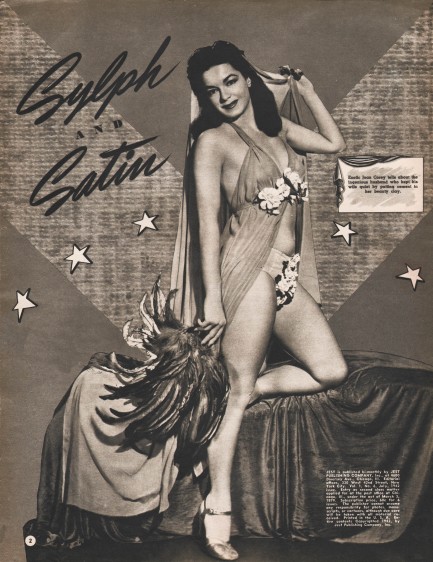 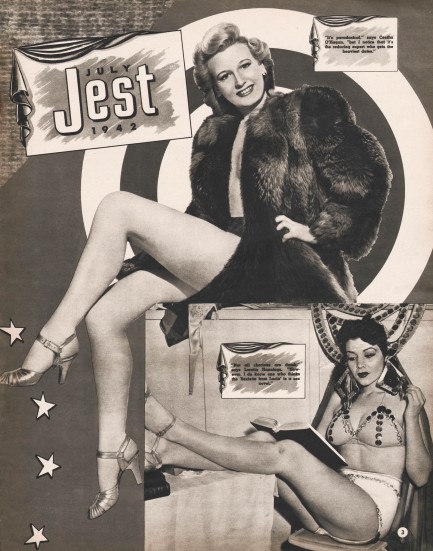 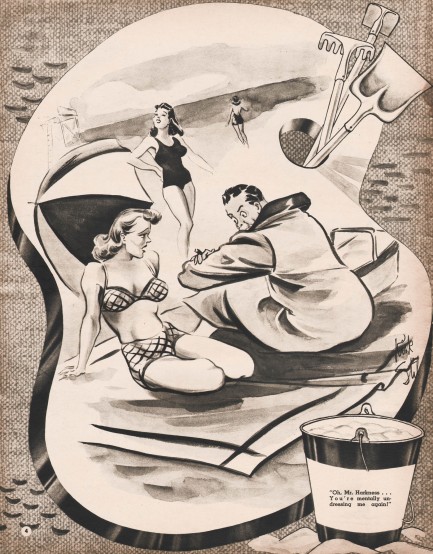 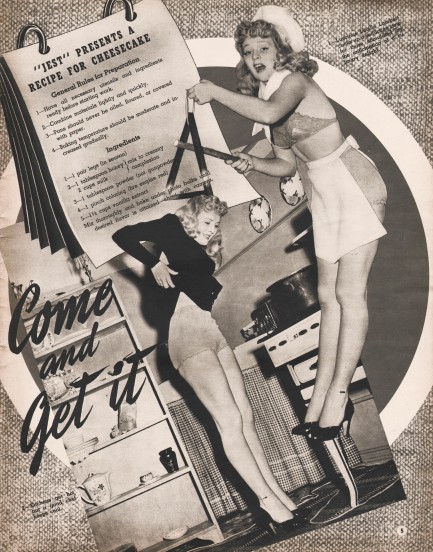 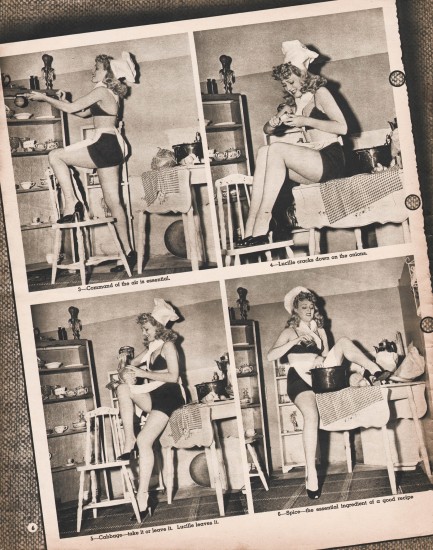 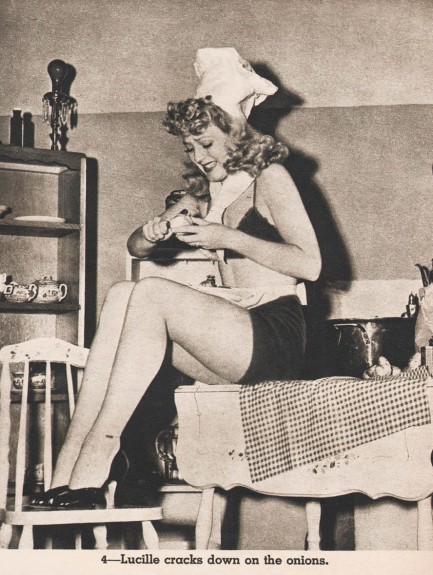 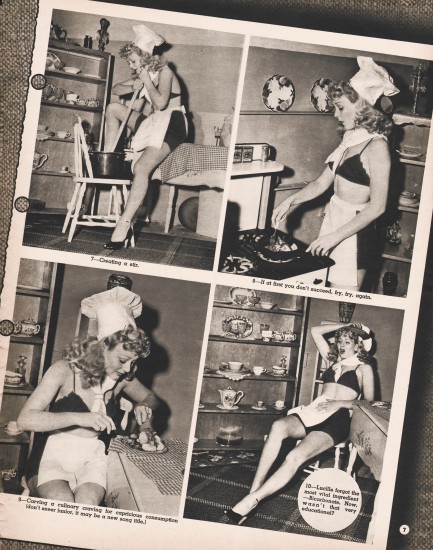 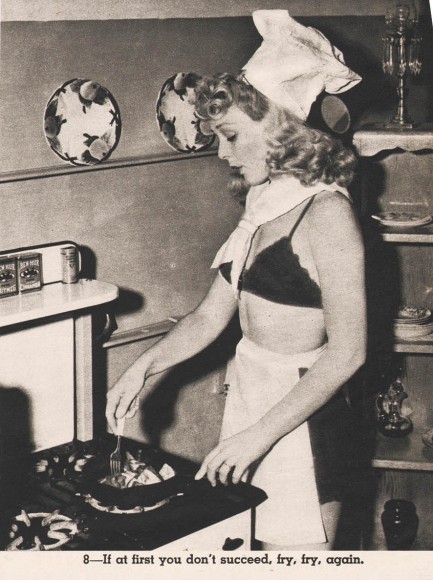 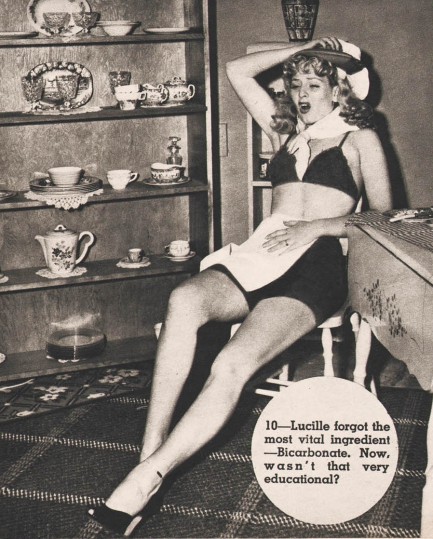 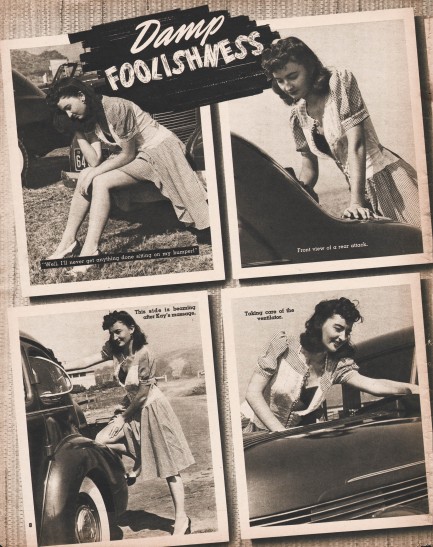 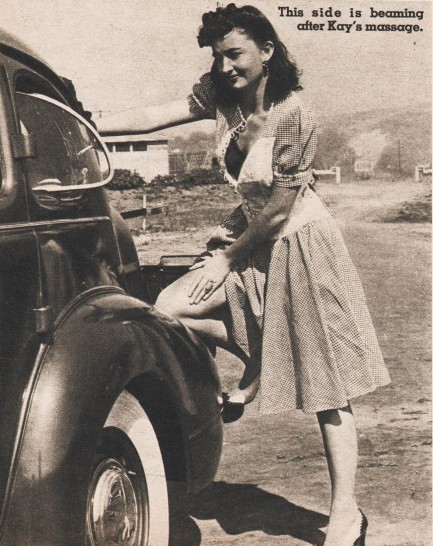 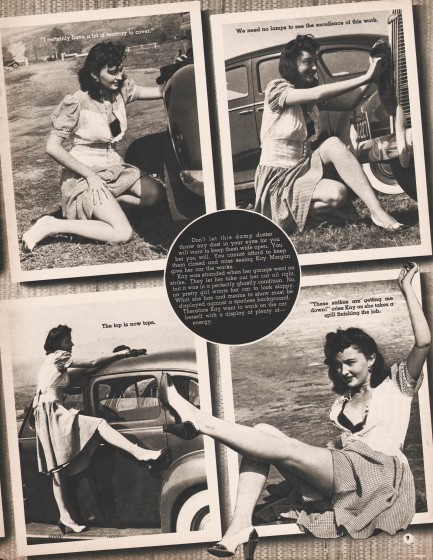 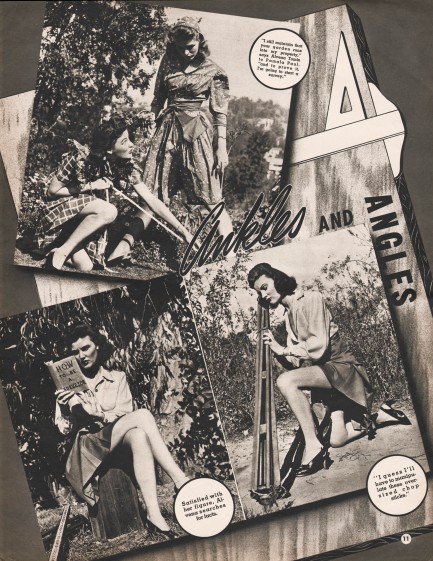 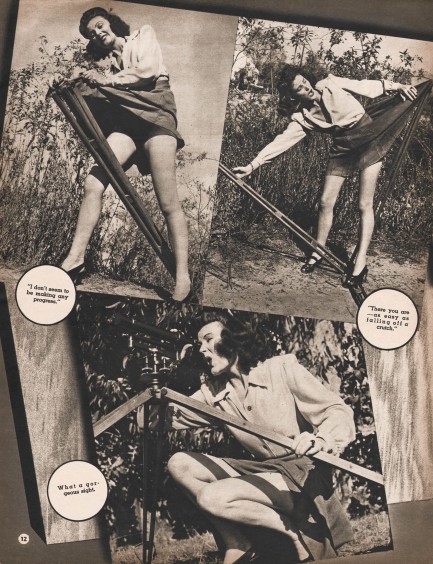 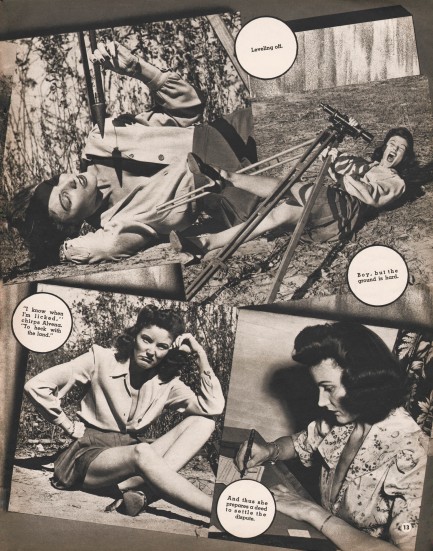 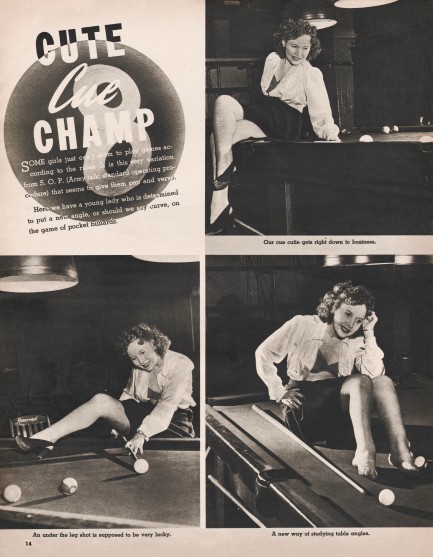 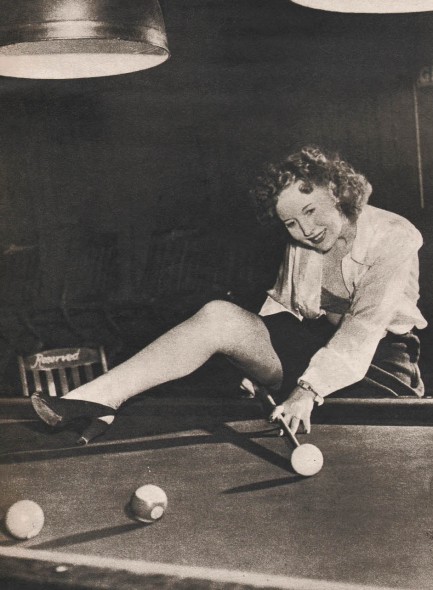 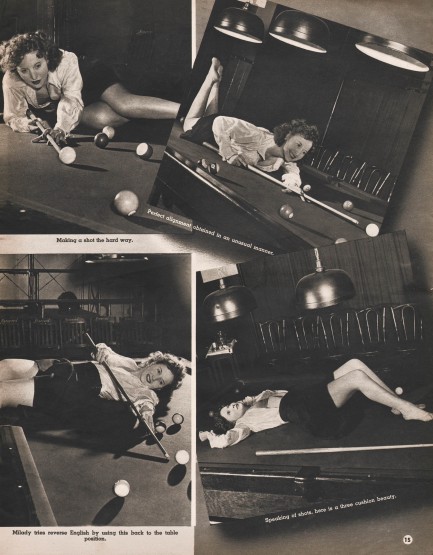 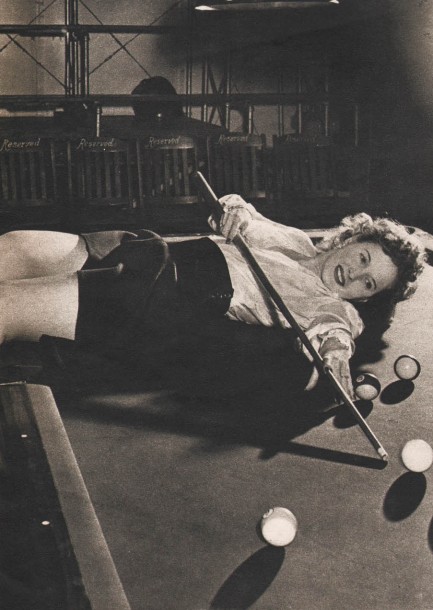 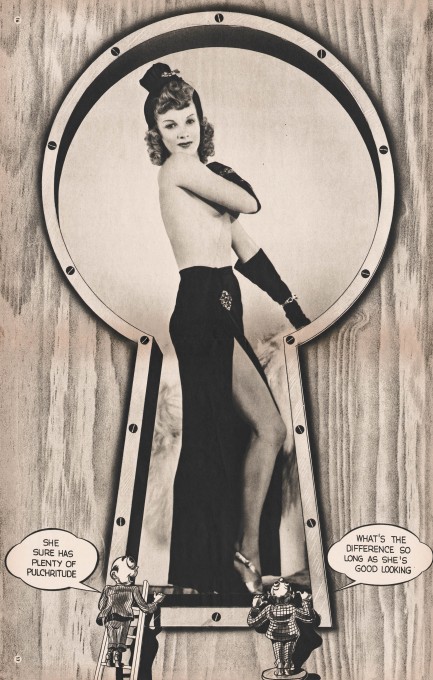 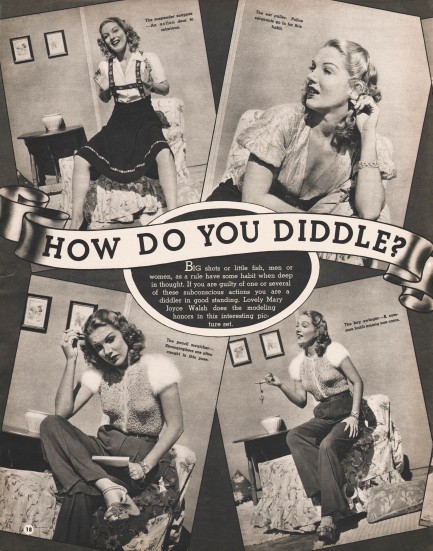 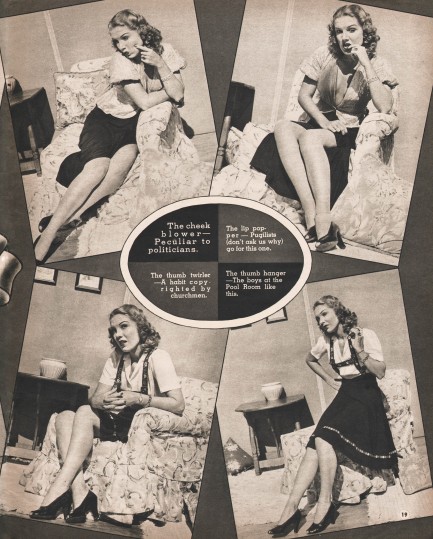 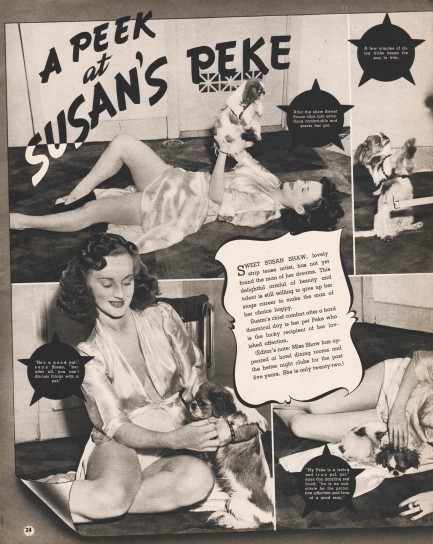 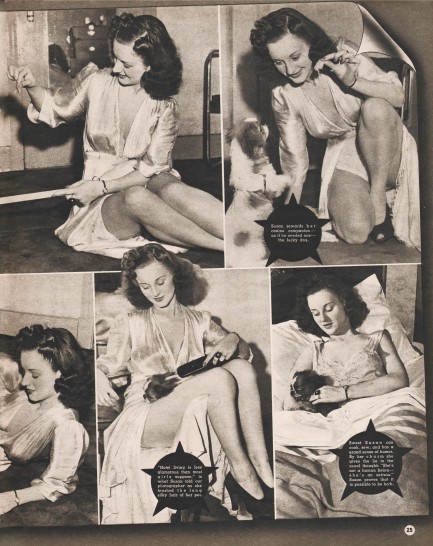 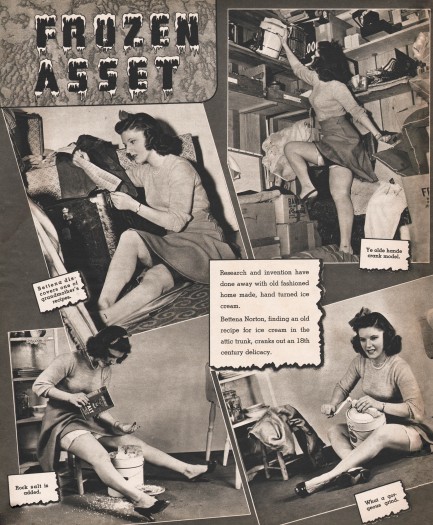 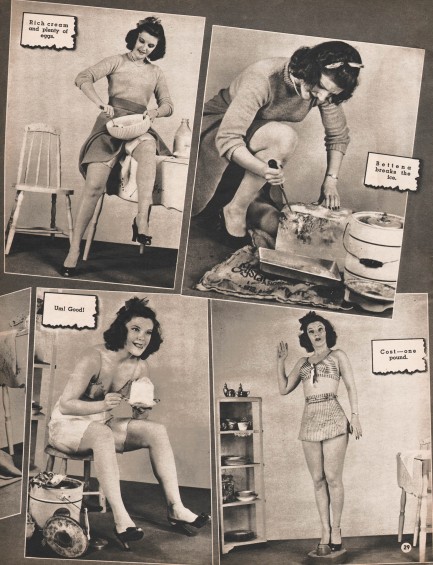 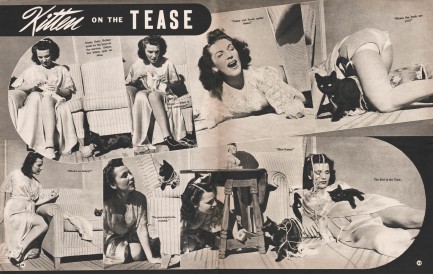 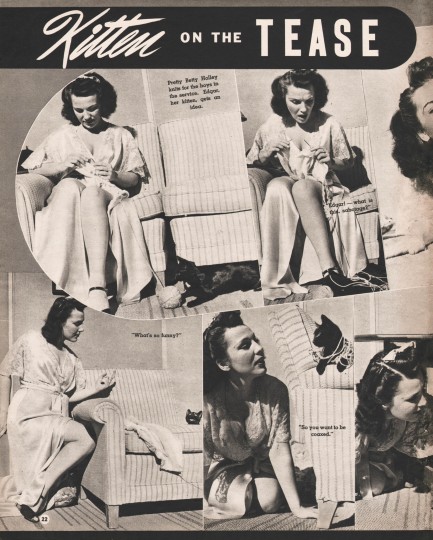 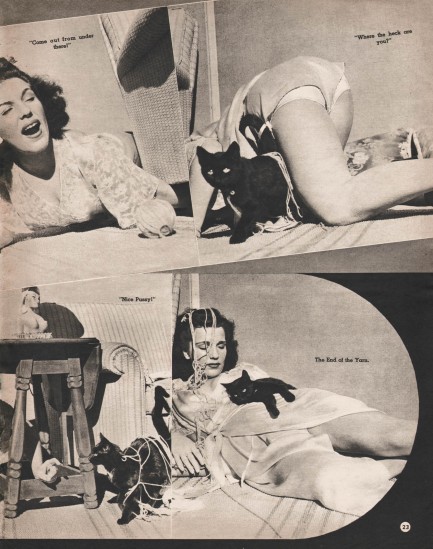 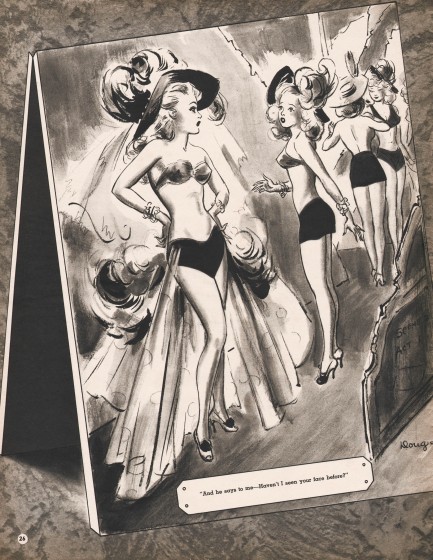
 Eww! No way! If you want them shaved do it yourself! 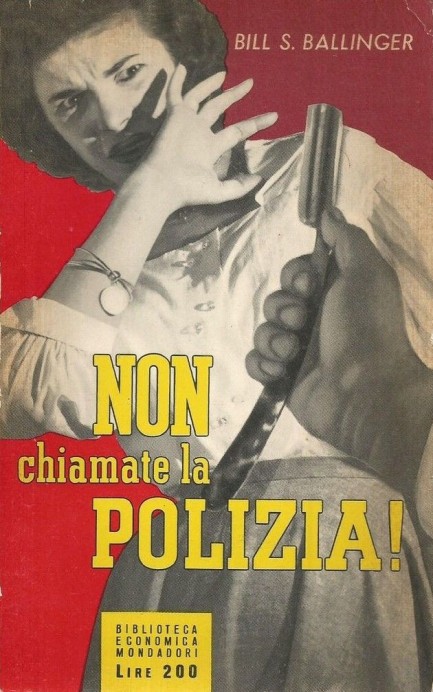
Non chiamate la polizia would translate as Don't Call the Police, a title chosen because that's exactly what doesn't happen. A Chicago businessman gets out of the shower to find his mistress dead, and he doesn't call the cops, instead relying on a private investigator named—wait for it—Barr Breed. That's one of the better names. This was published by Arnoldo Mondadori Editore for its Biblioteca Economica collection, and it's from 1955 and was written by Bill S. Ballinger, aka Frederic Freyer, aka B.X. Sanborn, aka Barr Breed. Actually, strike that last one. We just wanted to say it again. The book originally appeared in 1948 in the U.S., where it had another precisely descriptive title—The Corpse in the Bed. The art for Signet by Mitchell Hooks was excellent, and you see that below. We'll have more from Hooks later.
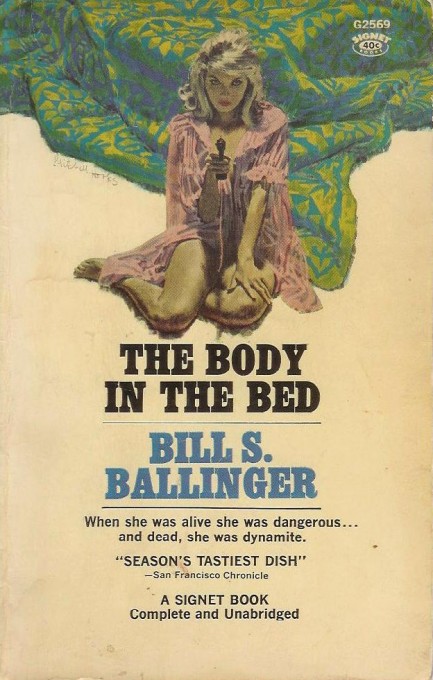
 The city that helped inspire film noir hosts a celebration of the genre. 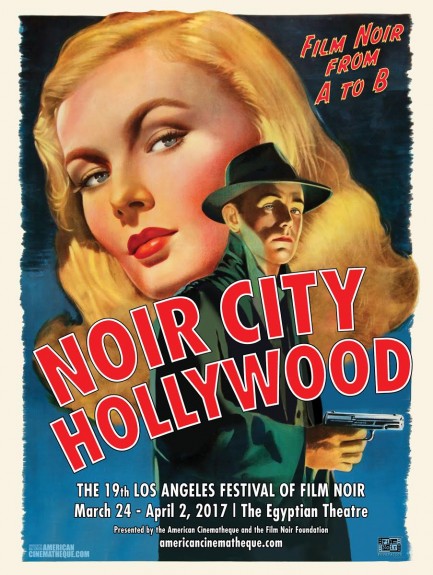
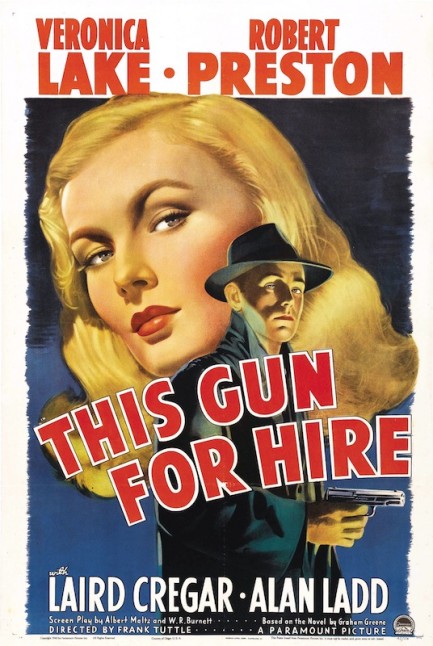 Above is a very nice promotional poster for the 19th Noir City Film Festival in Los Angeles, which starts this evening at Grauman's Egyptian Theatre in Hollywood. Some of the featured films include The Accused, Lady on a Train, and Chicago Deadline, and film noir buffs will have noticed that the promo art features Veronica Lake and Alan Ladd from 1942's This Gun for Hire, which is also on the slate. In fact that one opens the festival tonight as part of a double bill with Quiet Please, Murder. Above is a very nice promotional poster for the 19th Noir City Film Festival in Los Angeles, which starts this evening at Grauman's Egyptian Theatre in Hollywood. Some of the featured films include The Accused, Lady on a Train, and Chicago Deadline, and film noir buffs will have noticed that the promo art features Veronica Lake and Alan Ladd from 1942's This Gun for Hire, which is also on the slate. In fact that one opens the festival tonight as part of a double bill with Quiet Please, Murder. Seeing the movies in the Egyptian, which opened in 1922, just adds to the authenticity of the experience. And of course film noir wouldn't be the same without Los Angeles, a city that is almost itself a character in many films. Mainly, though, we were drawn to the promo art and had to share it. It mimics the original This Gun for Hire poster, which is one of the nicer efforts from the time period and a collectible that runs upwards of $20,000 for original prints. We tried to determine who painted it and had no luck. Below we also have a couple of shots of the Egyptian, which is a place we recommend visiting if you're ever in Hollywood. You can learn more about Noir City Los Angeles at this link.  
 There. I shot him. Now will you get off my back about never helping you out around here? 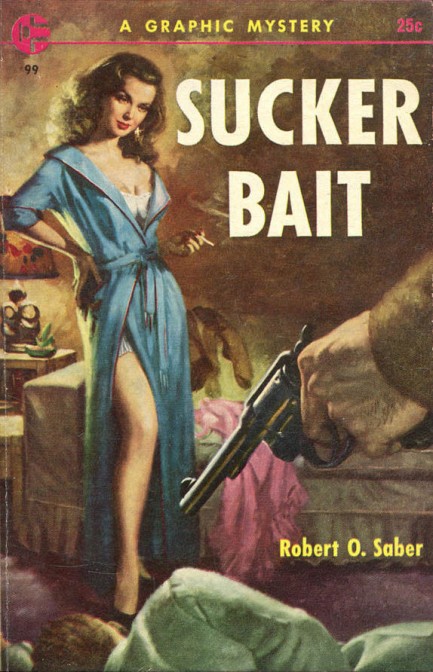
Above, the cover of Sucker Bait by Robert O. Saber, aka Milton K. Ozaki, 1955 from Graphic Books. Rich men pay $1,000 for entry into the Purple Door Club, where they procure the services of Chicago's most beautiful prostitutes, but also become targets for blackmailers. Hero Carl Good is accused of murdering one of the women and has to clear himself by finding the real killer. Good thing he's a detective. The cool cover art here is by Robert Maguire.
|
 |

The headlines that mattered yesteryear.
1921—Chanel No. 5 Debuts
Gabrielle Bonheur "Coco" Chanel, the pioneering French fashion designer whose modernist philosophy, menswear-inspired styles, and pursuit of expensive simplicity made her an important figure in 20th-century fashion, introduces the perfume Chanel No. 5, which to this day remains one of the world's most legendary and best selling fragrances. 1961—First American Reaches Space
Three weeks after Russian cosmonaut Yuri Gagarin became the first human to fly into space, U.S. astronaut Alan Shepard completes a sub-orbit of fifteen minutes, returns to Earth, and is rescued from his Mercury 3 capsule in the Atlantic Ocean. Shepard made several more trips into space, even commanding a mission at age 47, and was eventually awarded the Congressional Space Medal of Honor. 1953—Hemingway Wins Pulitzer
American author Ernest Hemingway, who had already written such literary classics as The Sun Also Rises, A Farewell to Arms, and For Whom the Bell Tolls, is awarded the Pulitzer Prize for fiction for his novella The Old Man and the Sea, the story of an aging Cuban fisherman who struggles with a giant marlin far out in the Gulf Stream. 1970—Mass Shooting at Kent State
In the U.S., Ohio National Guard troops, who had been sent to Kent State University after disturbances in the city of Kent the weekend before, open fire on a group of unarmed students, killing four and wounding nine. Some of the students had been protesting the United States' invasion of Cambodia, but others had been walking nearby or observing from a distance. The incident triggered a mass protest of four million college students nationwide, and eight of the guardsmen were indicted by a grand jury, but charges against all of them were eventually dismissed. 2003—Suzy Parker Dies
American model and actress Suzy Parker, who appeared the films Funny Face and Kiss Them for Me, was the first model to earn more than $100,000 a year, and who was a favorite target of the mid-century tabloids, dies at home in Montecito, California, surrounded by family friends, after electing to discontinue dialysis treatments.
|

|
|

It's easy. We have an uploader that makes it a snap. Use it to submit your art, text, header, and subhead. Your post can be funny, serious, or anything in between, as long as it's vintage pulp. You'll get a byline and experience the fleeting pride of free authorship. We'll edit your post for typos, but the rest is up to you. Click here to give us your best shot.

|
|


















 who's trying to solve murder of the senator's wife, the carousel owner who appeals to Sailor's sense of honor, the girl who recalls an innocence he can barely remember, and the beautiful Iris Towers, the focus of his wishes for a better life.
who's trying to solve murder of the senator's wife, the carousel owner who appeals to Sailor's sense of honor, the girl who recalls an innocence he can barely remember, and the beautiful Iris Towers, the focus of his wishes for a better life.












































 Above is a very nice promotional poster for the 19th Noir City Film Festival in Los Angeles, which starts this evening at Grauman's Egyptian Theatre in Hollywood. Some of the featured films include The Accused, Lady on a Train, and Chicago Deadline, and film noir buffs will have noticed that the promo art features Veronica Lake and Alan Ladd from 1942's This Gun for Hire, which is also on the slate. In fact that one opens the festival tonight as part of a double bill with Quiet Please, Murder.
Above is a very nice promotional poster for the 19th Noir City Film Festival in Los Angeles, which starts this evening at Grauman's Egyptian Theatre in Hollywood. Some of the featured films include The Accused, Lady on a Train, and Chicago Deadline, and film noir buffs will have noticed that the promo art features Veronica Lake and Alan Ladd from 1942's This Gun for Hire, which is also on the slate. In fact that one opens the festival tonight as part of a double bill with Quiet Please, Murder.









































































